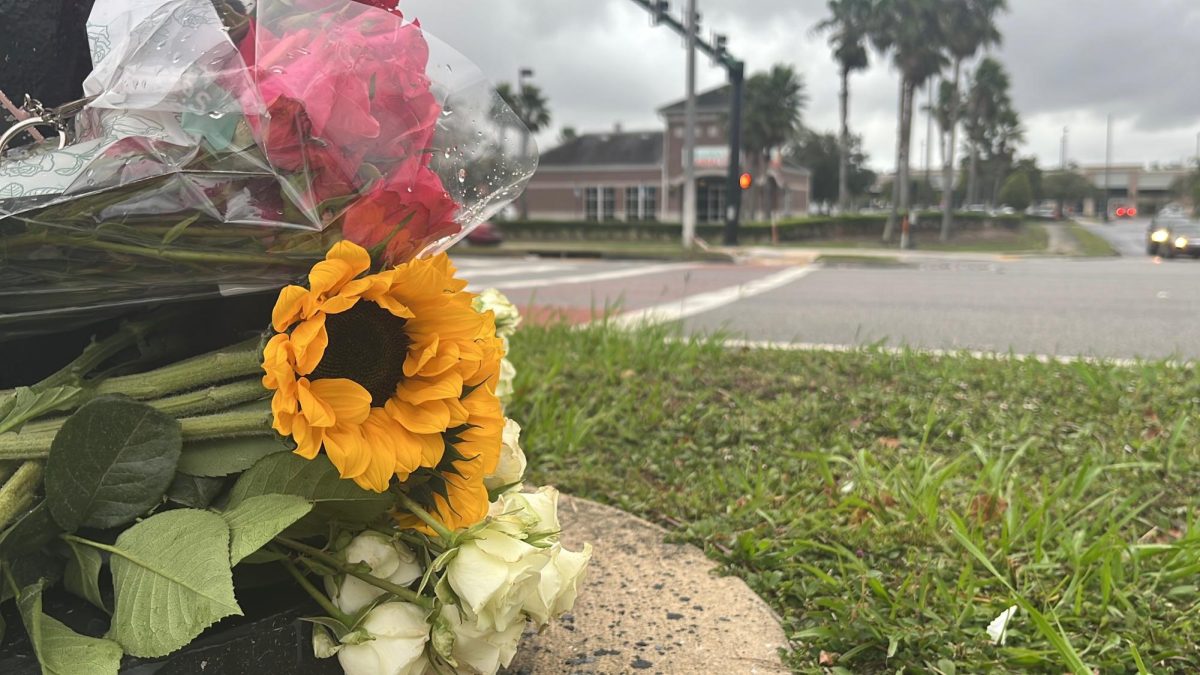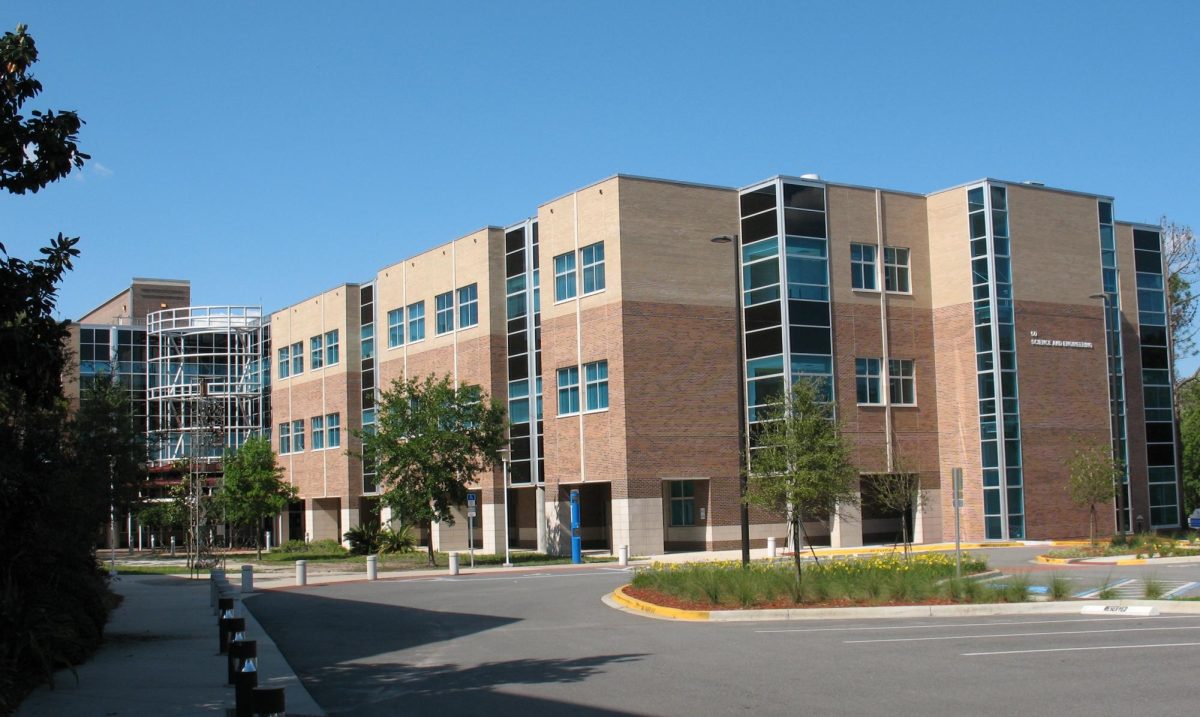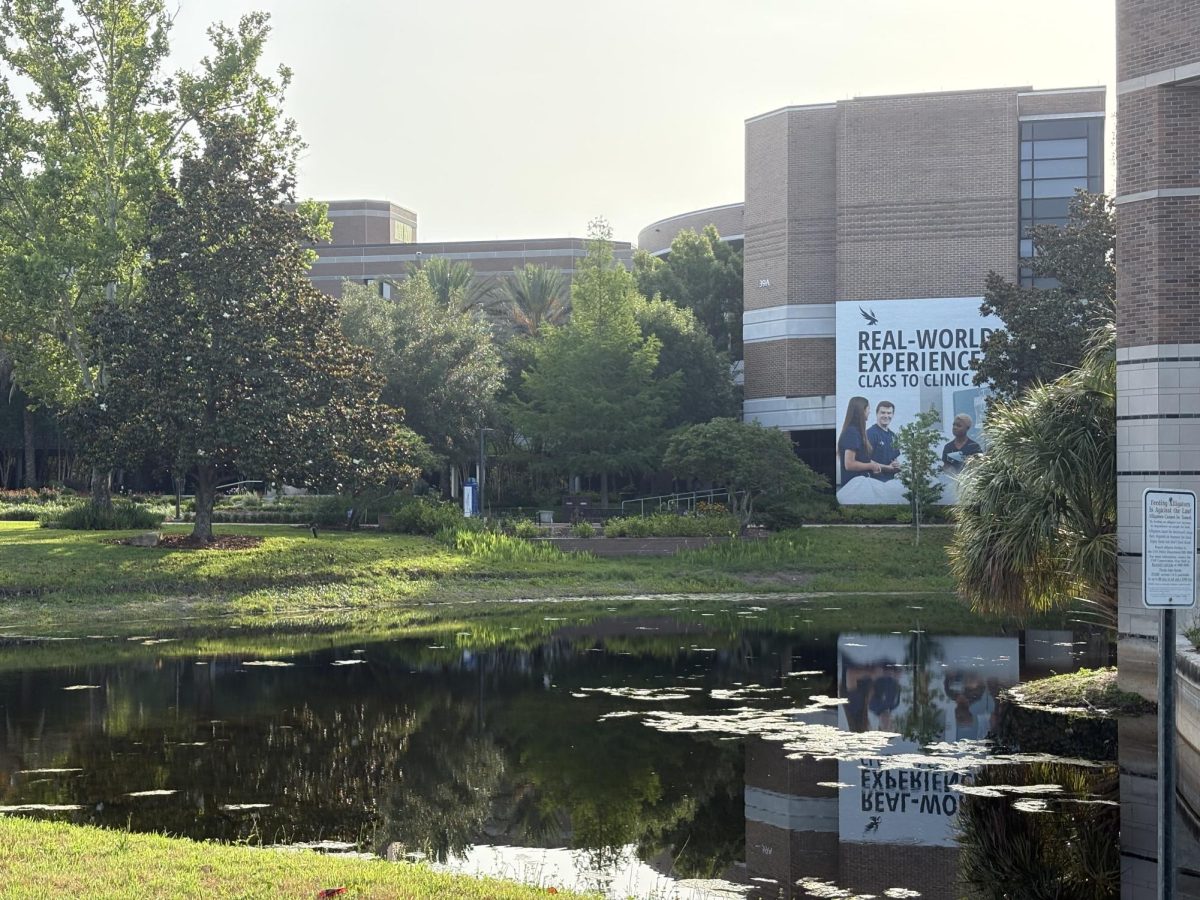Cannabis sativa, most commonly known as marijuana, is federally recognized as an illicit narcotic and prohibited from use. However, that isn’t stopping it from gaining more mainstream approval across the country, including here at UNF.
Out of 254 polled, 43 percent of UNF students have smoked marijuana within the past year, according to a survey conducted by the Spinnaker Nov. 10-15.
Additionally, 64 percent of UNF students said they are in favor of legalizing it. The margin of error for this survey is plus or minus 6.1 percentage points with a 95 percent confidence level.
Similarly, an October Gallup poll confirms a record high of 50 percent of Americans wanting marijuana to be legalized.
Dr. David Jaffee, a UNF sociology professor, said marijuana awareness is growing because of written works on the drug and the medical marijuana movement.
“Once people start thinking about [marijuana] in those terms, in relationship to alcohol, I think there is an increasing level of acceptance,” Jaffee said.
“What’s interesting to me,” said Dr. David Courtwright, a UNF history presidential professor, “is the fact that so many states have passed these initiatives or referenda. It reflects the [Gallup poll] numbers, indicating people are more tolerant in their attitudes toward marijuana.”
Sixteen U.S. states, from California to Maine, allow qualified patients to use marijuana for medical purposes. The plant treats illnesses such as neuropathic pain and glaucoma. Cancer patients smoke the drug to relieve nausea and stimulate hunger.
In Florida, marijuana is prohibited in any form of usage or possession. But one state representative is trying to change the status quo.
Rep. Jeff Clemens, D-Lake Worth, filed a house joint resolution in October that would allow Florida residents to vote on legalizing medical marijuana during the state 2012 election. HJR 353 is currently in the Florida Criminal Justice Subcommittee.
Karen Goldstein, deputy director of the National Organization for the Reform of Marijuana Laws Florida chapter, said she supports marijuana for medical purposes.
“NORML of Florida is supporting Jeff Clemens’ bill,” Goldstein said. “We are trying to get people to write letters to senators and representatives on both the federal and state level to bring awareness of the fact that so many people support legalization and regulation.”
Courtwright said a lot of people regard medical marijuana as a “stocking horse” for legalization.
“[Medical marijuana] is not just about patients with cancer or AIDS,” Courtwright said. “It’s about quasi-legalizing an industry, knowing full well a lot of the cannabis will leak out of the medical system and will be consumed by people who aren’t, so to speak, legitimate patients.”
In light of marijuana’s medical benefits, some argue it may cause harmful side effects.
Don Redman, a Jacksonville City Council Member, said marijuana should remain illegal because of long term effects that can pose detriments on the brain.
“I’ve known people that have used marijuana over a long period of time,” Redman said. “It makes a difference in the way people talk, the way they think and the way they act.”
Kristin Kennedy, a UNF Health Promotions intervention counselor, said the drug has various physical and mental effects.
“[Marijuana] is going to have some effect on your memory and concentration,” Kennedy said. “It causes a rapid heartbeat, lower blood pressure and some hallucinogenic effects.”
Kennedy said the effects vary from person to person, depending on the amount of tetrahydrocannabinol, or THC, consumed by the user. THC is the main psychoactive substance found in marijuana.
The Drug Enforcement Agency categorizes substances by their abuse potential with the Controlled Substances Act of 1970. Schedule I drugs have the highest potential; Schedule V drugs have the lowest.
The DEA classifies marijuana as a Schedule I substance. Drugs in this category “have a high potential for abuse, have no currently accepted medical use in treatment in the United States and there is a lack of accepted safety for use of the drug or other substance under medical supervision,” according to the DEA Office of Diversion Control website.
Lysergic acid diethylamide, or LSD, heroine and the drug ecstasy are other Schedule I substances. By contrast, Xanax and Valium are classified as Schedule IV substances.
Bryan Baker, a UNF biology freshman, said it is hypocritical that other drugs such as tobacco and alcohol are legal while marijuana remains illegal.
The U.S. “War on Drugs” is a drug prohibition campaign heralded by former President Richard Nixon in the early 1970s and revitalized by former President Ronald Reagan in the 1980s. In 2010, the federal government spent more than $15 billion on the “war,” according to the Office of National Drug Control Policy.
“It’s very costly to be putting people away for minor drug offenses,” Jaffee said.
Courtwright said the Gallup poll results reflect the success and failures of the war over the years. During the Reagan administration, the percentages of Americans who said marijuana should be legalized stayed in the low-20 range. In the mid-1990s, when California passed its medical marijuana law, legalization sentiment began to rise.
In 2010, 858,755 arrests for marijuana-related violations were made in the U.S., according to the Federal Bureau of Investigation’s annual Uniform Crime Report. Of the arrests, 750,591 were for marijuana possession.
Dr. Michael Hallett, UNF criminology and criminal justice chair, said the criminalization of substances, as established by the ongoing War on Drugs, is a policy failure.
“This failure, at its heart, involves a failure to treat drug addiction as a disease rather than a crime,” Hallett said. “If we were more sincere about combating drug addiction, a more comprehensive set of policies beyond punitive sanctions would be required.
Hallett said there are racial dimensions to the War on Drugs that have resulted in huge disparities in incarceration for minority citizens.
Similar to the racial profiling in drug arrests, Florida Gov. Rick Scott introduced a controversial measure in July that requires welfare applicants to submit a drug test. Critics of the law argue the measure violates the Fourth Amendment, which prohibits unreasonable searches and seizures. As of September, 2,000 welfare applicants took the test and only 40 or fewer tested positive for illegal substances, mostly marijuana.
Here at UNF, students are subject to Florida marijuana laws.
In Florida, possession of more than 20 grams of marijuana is considered a felony, punishable by up to five years in prison and a $5,000 fine. Paraphernalia possession is a misdemeanor punishable by up to a year in prison and a $1,000 fine.
UPD Lieutenant Mike Gwynes said if a student on campus possesses 20 grams or less of marijuana and they qualify, they are issued a Notice to Appear. These appear on a student’s criminal record as an arrest.
This year, there have been 18 marijuana possession incidents reported by UPD through November 15. By comparison, there were 23 marijuana possession incidents during the 2010 calendar year, according to data provided by UPD.
Several UNF students have theories as to why marijuana is so popular on campus.
“It is so easy to access, and most college kids are so accustomed to it,” said Daniel Van Alstyne, a UNF biomedical science sophomore.
“Illegal substances are popular for a lot of people who are now just getting out of their homes and their parent’s grasp,” said Bethany Williams, a UNF exercise science freshman. “That’s why a lot of people I know are doing crazy things right now.”
“People are now more aware of the effects of tobacco,” said Emily O’Neal, a UNF biology junior. “I think people are tending to use marijuana more instead.”
Despite its illegal status, society’s perception of marijuana is rapidly changing.
“Every drug can have a positive or negative effect,” Kennedy said. “It’s really just developing your own personal opinion, as far as what your costs are versus your rewards in deciding to use that drug.”











